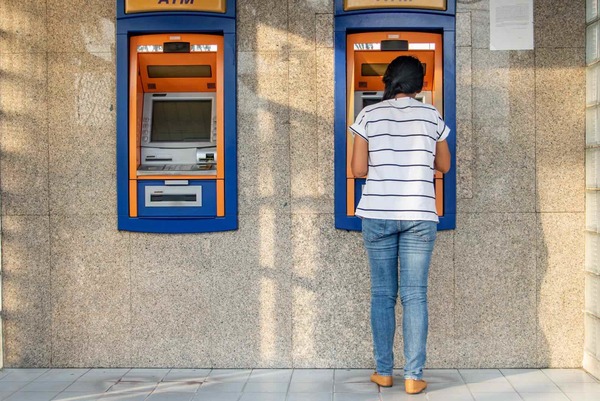Annoying bank fees seem to hit hardest when money is tight. Checking and Savings accounts both have annoying fees that can really add up. Americans paid $34 billion in overdraft fees alone in 2017!
Between overdraft fees, monthly maintenance fees, paper statement fees, account closure fees, inactivity fees, and card replacement fees, if you aren't careful you can end up spending hundreds of dollars each year on fees. Here are a few tips on how you can avoid incurring these fees.
Overdraft Fees
Overdraft fees, normally about $35 per incident, are charged when your account does not have enough money to pay for an attempted charge or cashed check. Many bank accounts offer a service called “Overdraft Protection” which will prevent vendor fees and embarrassment by letting your charge through, but you’ll incur other fees – overdraft fees, plus ongoing interest payments – that could end up costing you more in the long run.
In reality, if you are concerned with avoiding fees, you should not enroll in overdraft protection. A bounced check fee will prevent you from spending more money than you have, and the cost is a known, fixed quantity.
Monthly Maintenance Fees
These days, so many banks advertise their “free checking” accounts that paying monthly maintenance fees for a bank account can seem unnecessary. Some banks charge nearly $15 a month just for having a basic checking account. Most free checking accounts have specific balance limits or direct deposit requirements that will waive the fee. The best way to avoid this fee is to shop around, there are many newer online banks that offer free checking accounts.
Paper Statement Fees
Paper Statement fees are very simple to avoid as well. If you opt into getting electronic bank statements, you can avoid this fee – which can range from $2 to $5 per month. Just be sure to download your electronic statements periodically and save them, as your bank may only make a limited amount of recent statements available. A free Dropbox or Google Drive account can be a handy place to store these for future reference.
Account Closure Fees
It can be hard to resist some of the promotions banks offer to open a new account, ranging from $25 to $300. If you read the fine print though, you have to jump through several hoops to qualify for the promotional bonus, and you risk forfeiting it – in the form of an account closure fee – if you close the account too soon. If you take advantage of a new account promotion, be sure to check the fine print and leave the account open as long as necessary to avoid such a fee.
Account Inactivity Fees
Inactivity fees are as frustrating as the monthly maintenance fee, but much easier to avoid. If you have a secondary bank account which you rarely use, you may want to pay some nominal recurring bill – such as your water utility – automatically using this account to keep it active and avoid incurring an inactivity fee. If possible, you should close any secondary accounts that risk accumulating inactivity fees.
Card Replacement Fees
If your banking card gets lost or stolen, your bank may charge you a fee to replace it. Many merchants accept digital payments like Google Pay, Apple Pay, or Venmo. If the stores you frequent accept these digital methods of payment, you can reduce your chance of losing your card by leaving it at home and using your phone or smartwatch to pay instead of a physical card.






